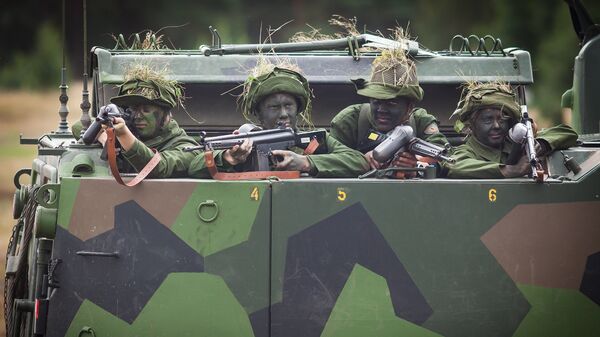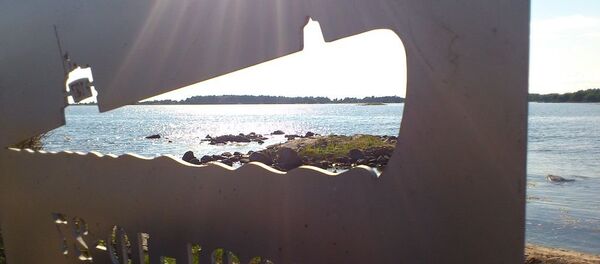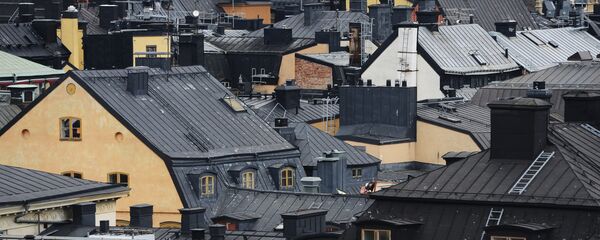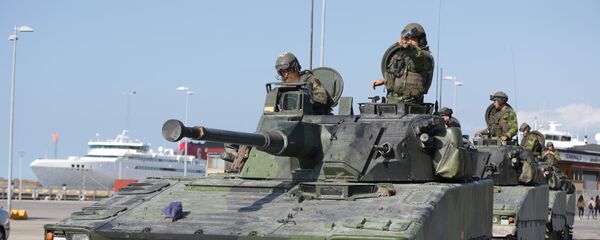In the absurd scenario, involving tanks, helicopters and paratroopers, four Russian brigades numbering a total of 25,000 men are deemed enough to invade Sweden's northernmost province of Norrbotten, with Swedish troops offering little to no resistance. The landing of airborne troops is said to be supported with tanks roaring their way through the Russian-Finnish border. Needless to say, Finland is also expected to fall.
"The threat to northern Finland and northern Sweden is in fact no less than the one being discussed in the south of Sweden," former Major General Karlis Neretnieks, rector of the Defense Institute and the editor of the report, told the Swedish newspaper Aftonbladet.
According to Neretnieks, Russia could thus expand the security zone around Murmansk by 500-600 kilometers, potentially reaching NATO's naval bases in northern Norway.
"The Swedish army is very small; only about 14,000 men. Few people can be sent up here. Also, it will take a very long time. When they arrive, the war will be almost over," Neretnieks explained.
According to Neretnieks, NATO-troops stationed in Norway and Finland remain Sweden's only hope. Neretnieks ventured that Russia will be able to pass through Finland in four-five days to several weeks, depending on Finns' level of mobilization.
"We are dependent of Finland. We ourselves have practically nothing to show," Karlis Neretnieks said, suggesting it was extremely dangerous for Sweden to ignore Norrland's defense, as opposed to Gotland.
"In practice, the Baltic Sea can be blocked, making it difficult for Russia to get out. From Murmansk, however, you can reach the Atlantic," Peter Mattson said. According to him, it is "quite obvious" that Russia is "betting on the North."
While Mattson called Neretnieks's scenario plausible, given the range of modern missiles, he nevertheless said he did not consider a Russian invasion likely in the near future.
Previously, Sweden was said to be likely to be drawn into a Russian-Baltic conflict at an early stage, with Gotland being a possible entry point for the deployment of Russian anti-aircraft defense. In 2016, 150 Swedish soldiers were stationed on the previously demilitarized Baltic island to somehow offset this threat. Again, the "Russian threat" was used as a pretext for re-establishing a permanent defense on Gotland.





